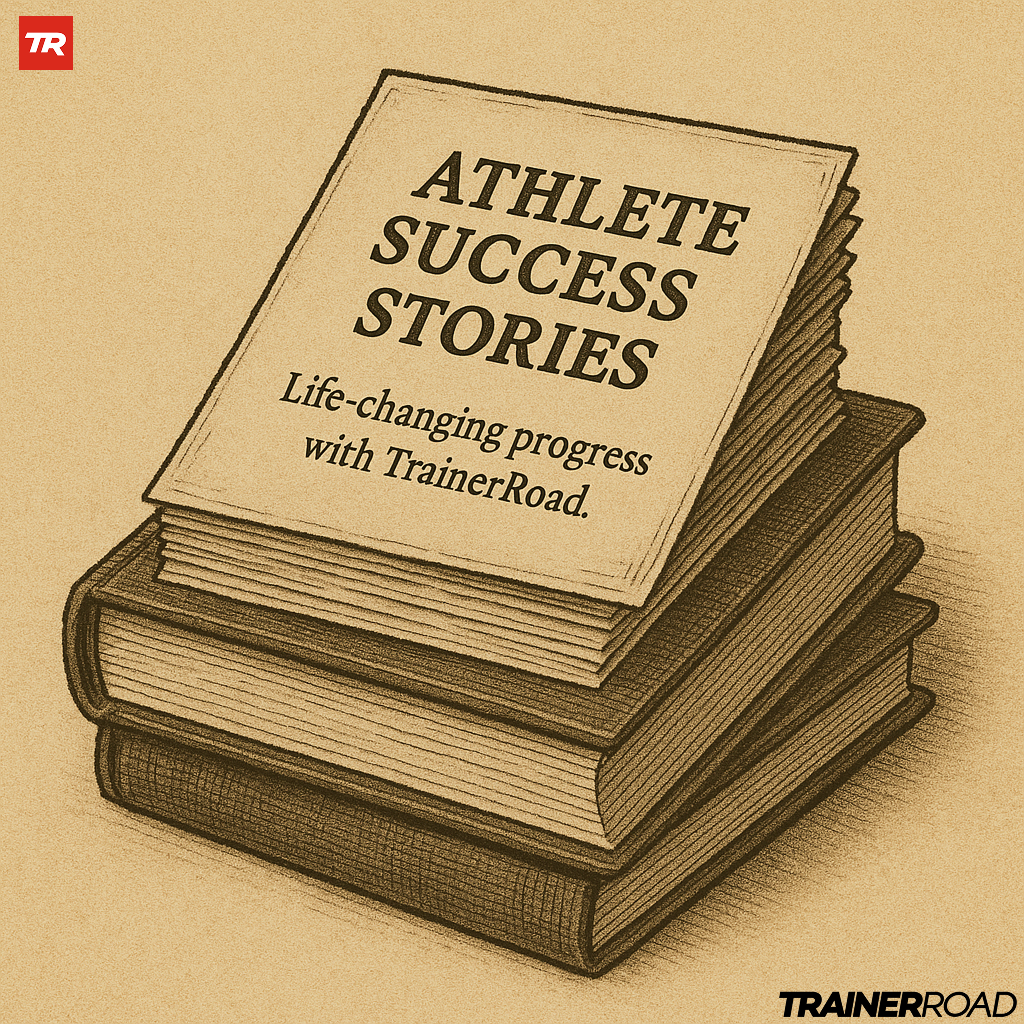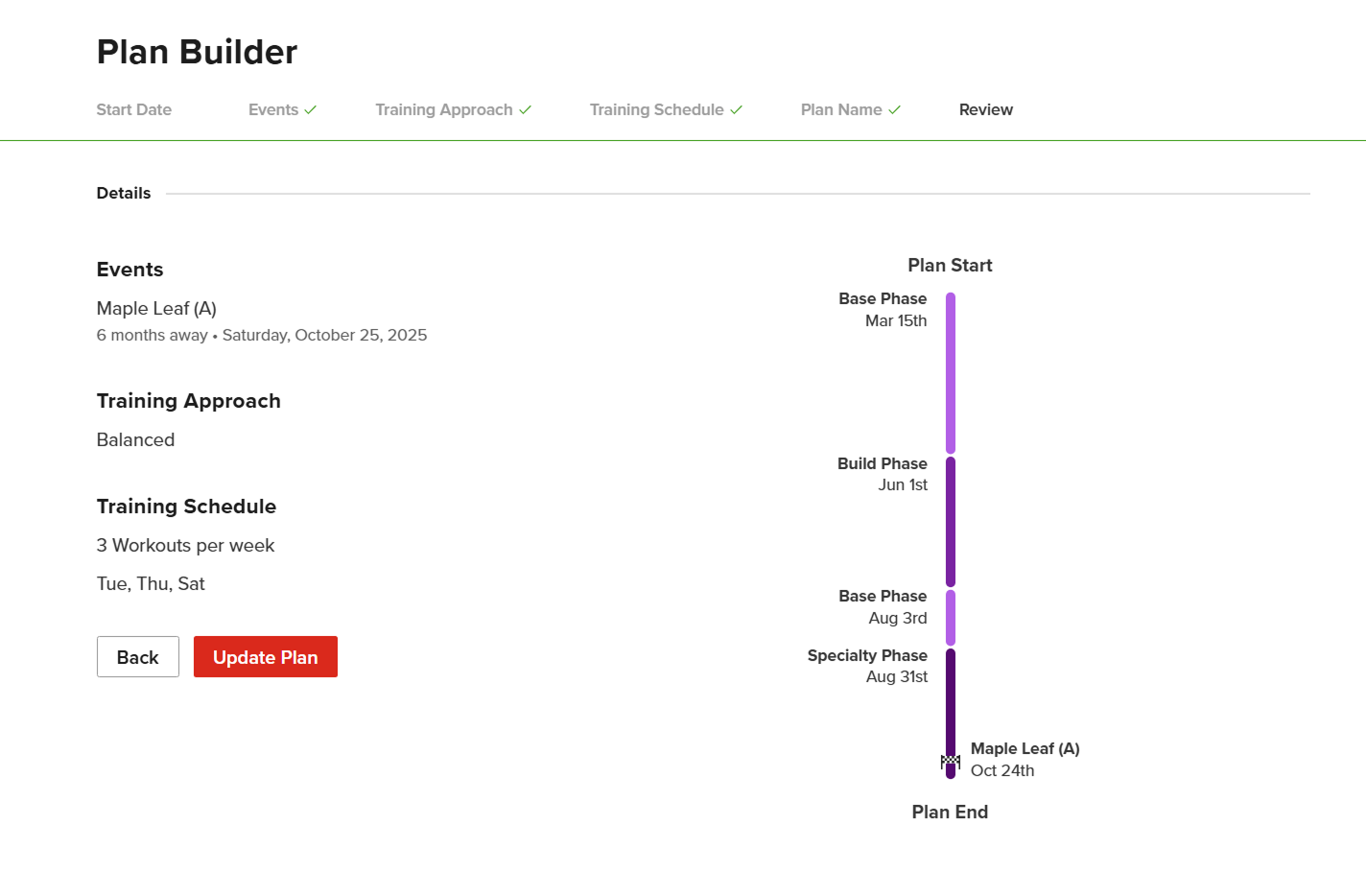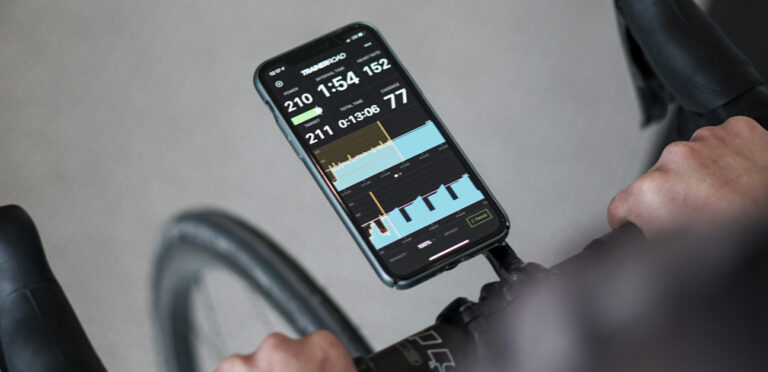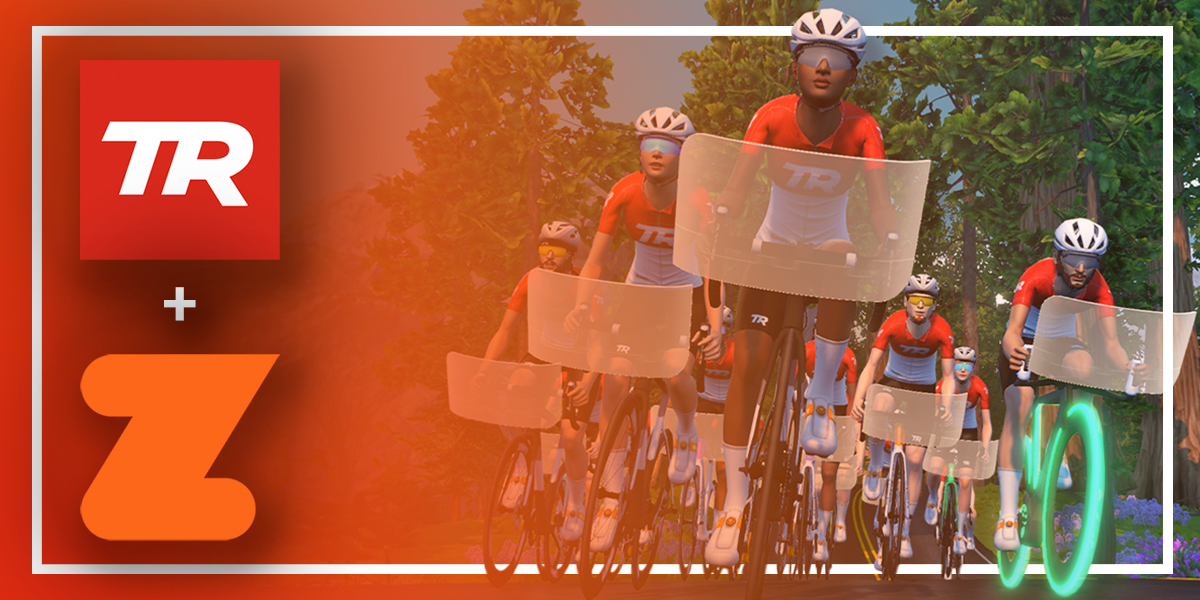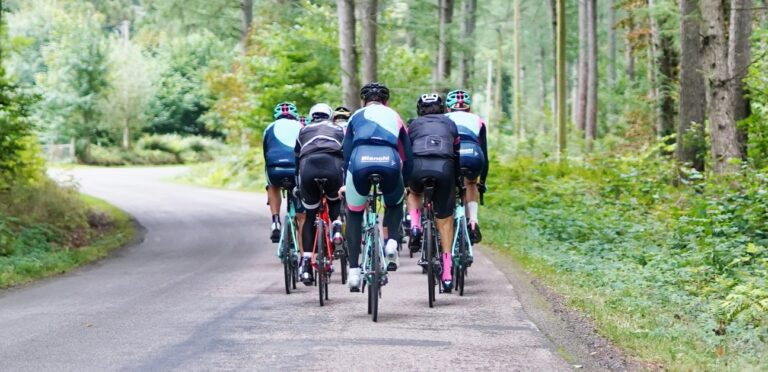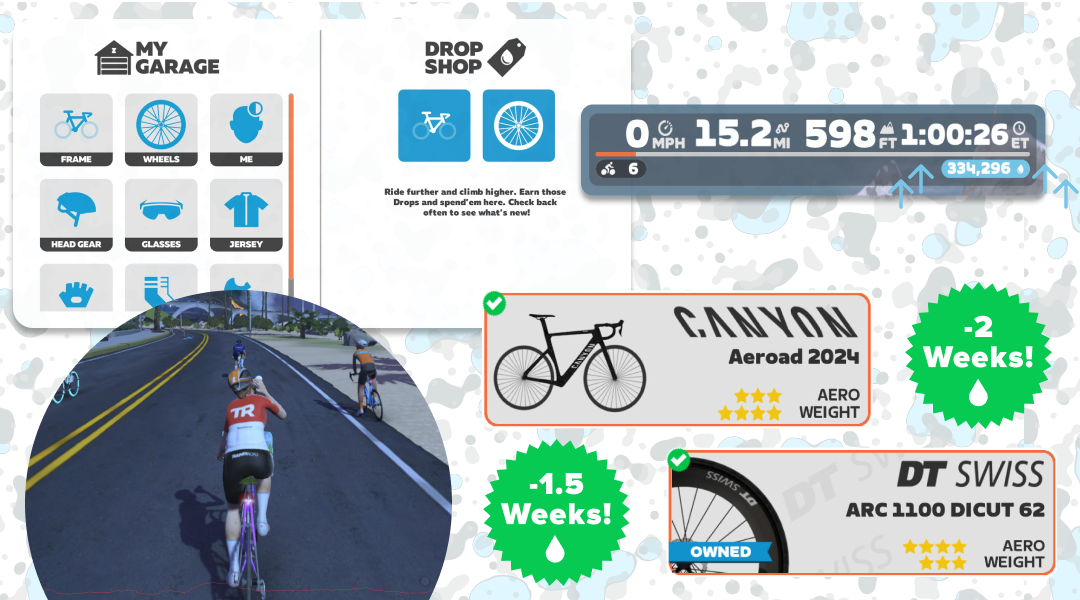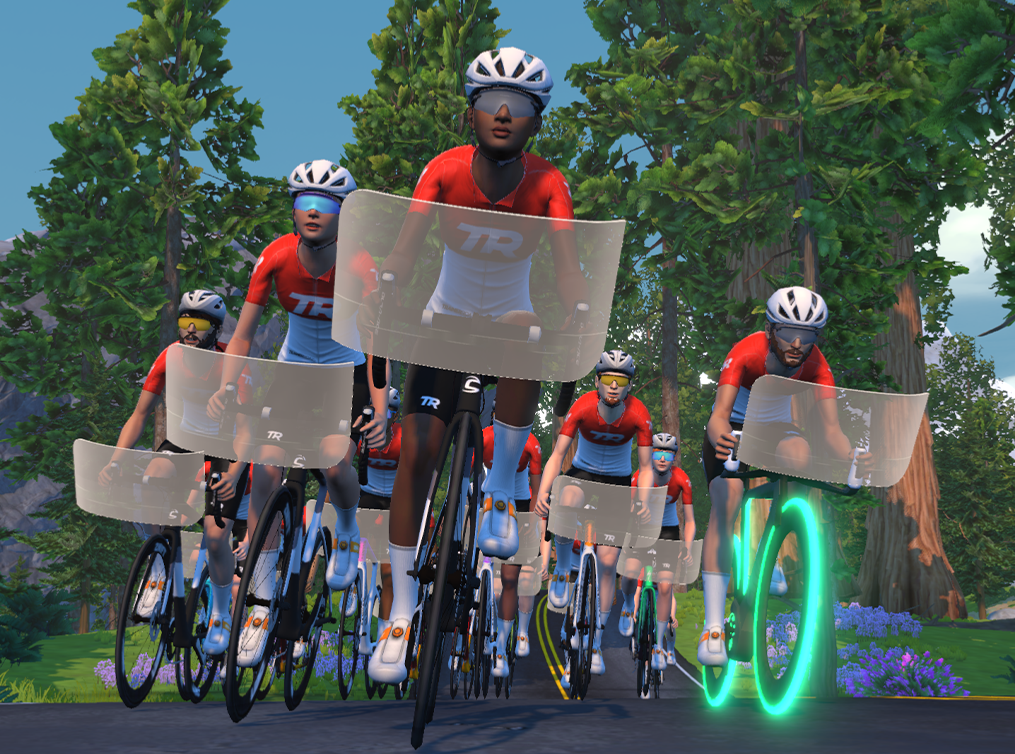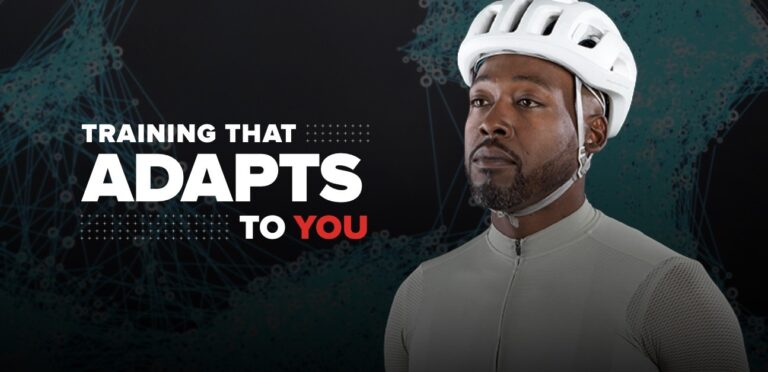Welcome to Athlete Success Stories Vol. 2, a series highlighting the incredible journeys of athletes from all walks of life who have achieved success with TrainerRoad. Each volume showcases inspiring athletes who share their experiences—from their initial challenges through training, to how TrainerRoad helped them reach their cycling goals and surpass expectations. Achieve More with…
